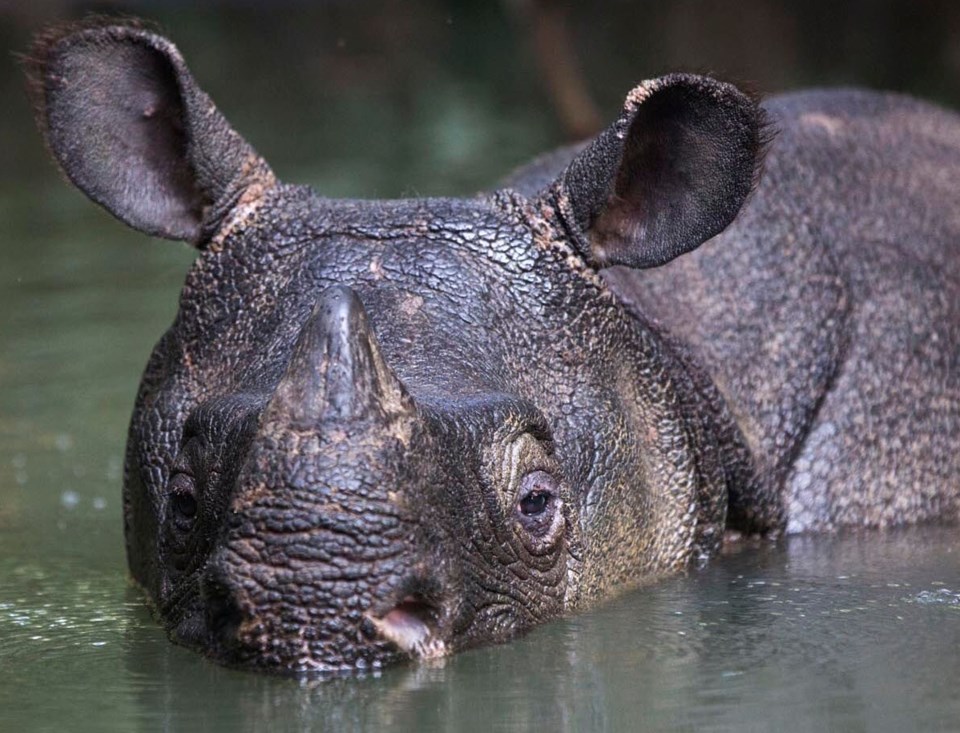As an educator, tour guide and nature documentary producer, I often straddle the line between messages of positivity and perceived negativity. Based on the ever-evolving climate of attitudes around nature, I continually try to understand what style of messaging works best, and when to use it.
In these articles, for example, I intentionally sway from cheery stories of our outdoor world to the dark realities of biological life. In both optimism and pessimism, realism must always be addressed.
I have compiled a list of animals you have likely never heard before, and I am here to bring their realities to your attention this 2024. Any of the following species could become extinct in the remainder of our lifetimes. Some are at risk of disappearing within as little as a handful of years.
I wanted to focus on species that don’t necessarily get a lot of limelight attention, unlike pandas and tigers. Surprisingly, some of these animals are seriously large mammals, notorious reptiles or aesthetically beautiful living things. They are diamonds in the rough of the ecological world, and they are disappearing.
Due to habitat loss, climate change and illegal poaching, all of these animals are listed as “critically endangered” by the International Union for Conservation of Nature. This category is a level above ‘endangered’ — a final and potentially fatal classification before a species goes extinct.
Our first stop is in a muddy hole to find a rhinoceros, but not the famous black and white rhinoceros species on the plains of Africa. In the tropical archipelago of southeast Asia lie the islands of Sumatra and Java. Historically, these long narrow islands were covered head to toe in tropical rainforest.
Nowadays, rainforests are severely shrunken in size, acting as the final strongholds for two relatively smaller and lesser-known species of rhinoceros. The Sumatran rhinoceros is a smaller animal than its African counterparts, and is sometimes known as the hairy rhinoceros due to its unusually stubbly body hair. Here’s a hair-raising stat about these animals — there are only about 40 remaining in the wild. As for the less hairy and even smaller Javan rhinoceros, there are said to be less than 70.
There is an alligator species on the brink of extinction living in one of the most densely populated regions of the world in China. The Chinese alligator pales in popularity and population comparisons against the famous American alligator.
Less than 120 of these magnificent reptiles remain, exclusively along banks of the mighty Yangtze River as it flows through endless farm fields and cities exploding in population. To make matters more fragile, it is only a certain few big bends in the river. I went onto Google Earth in an attempt to find any aerial evidence of intact marshlands, and it was nearly impossible to do so.
One can imagine the sense of dread and urgency for the scientists and conservation enthusiasts as they watch a magnificent reptile become reduced to a few desperately small marshes on an increasingly polluted river.
One concept I find astonishing is how a large animal can remain hidden from scientific discovery for so long. The cruel irony of discovering such a creature so late in the game is that it may be too late to save it. Enter the saola.
You haven’t heard of the saola before? Me neither, until I did some research. Imagine a species of bovine (cattle, buffalo and bison species) discovered in 1992, only to know that it is already likely too late to save before it goes extinct. That’s where the bizarre and magnificent saola, or the ‘Asian unicorn’ makes its meek mark in our mishandled history of protecting biodiversity.
Living in the jungle-clad mountains of Vietnam and Laos, the saola takes on the appearance of a cow, a deer and a gazelle all combined into one. It has a chocolate brown body with beautiful white stripes running along its narrow, peculiarly pointed face. Horns up to 20 inches long grow upwards with impressively sharp-tipped ends.
This species would have been crashing through the dense jungles as troops did during the Vietnam War while remaining undetected to science. With no official studies on its population completed to this day, the IUCN estimates that its population could be around 750, and that is a generous estimate.
Writing this article hits an emotional yet impractical nerve with me. I would love nothing more than the time and the funds to simply get on a plane and fly to these locations. What a privilege it would be to link up with local scientists and Indigenous guides to go and see these animals in the wild, not just for the personal experience, but for the sake of conservation awareness.
For now, I hope this article does something in lieu of that.



